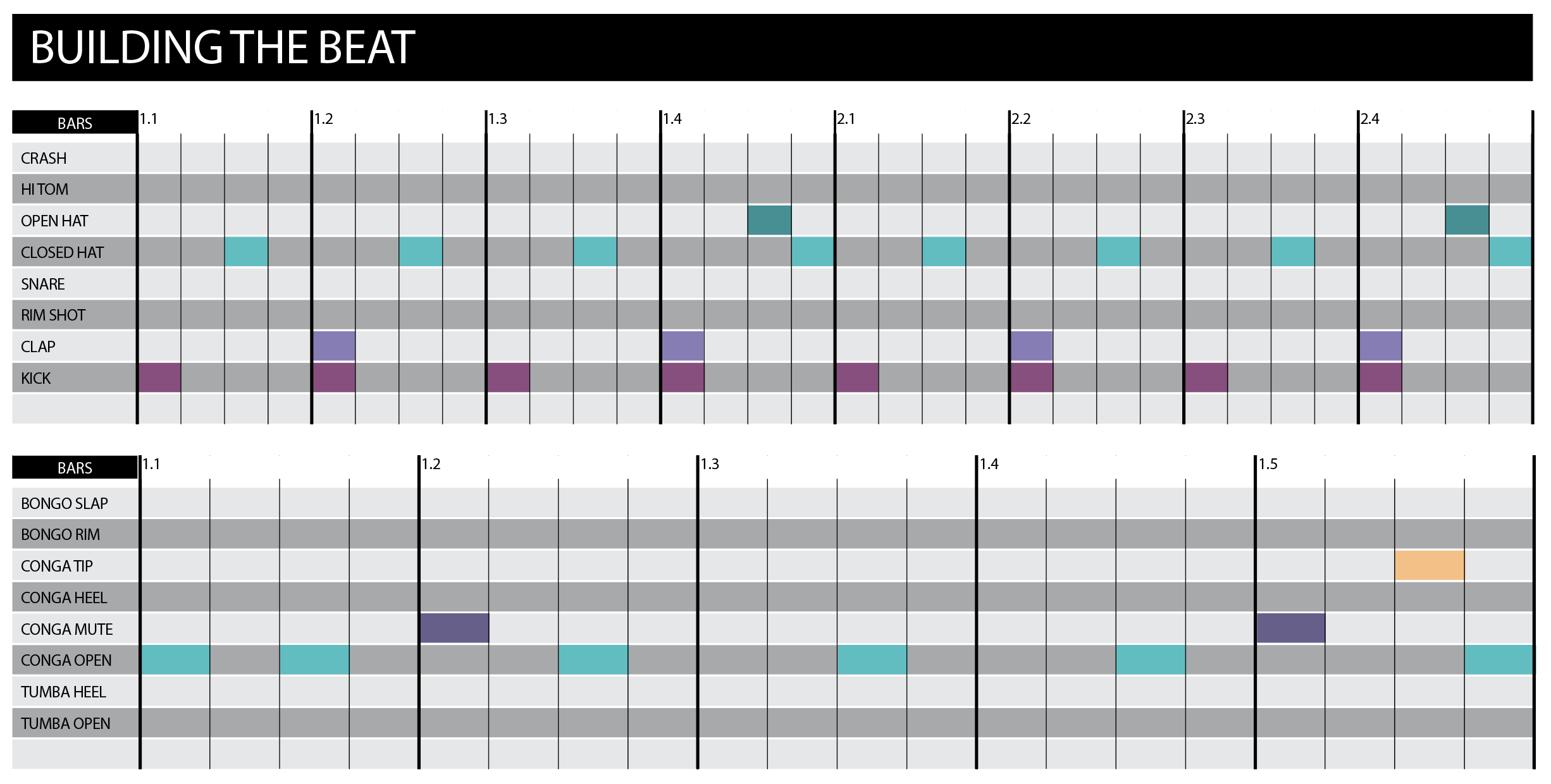Beat Building: how to make a Berlin techno beat
We're showing you how to program drum patterns in a variety of genres. Next up is 4/4 Berlin techno

In our Beat Building series, we're showing you how to produce beats, grooves and drum patterns in a variety of styles and genres, touching on various eras of production, to help you understand the key rhythmic elements behind many of today’s biggest tracks.
Techno has been the dominant force in electronic music since the 1980s, from the clubs in Detroit and Berlin. The faces and gear have changed but the basic style is the same. Juan Atkins was there at the beginning, then artists like Richie Hawtin, and more recently Ben Klock keeps the flag flying.
In techno, the kick drum is all important
Techno evolved with the hardware of the day – Roland machines such as the TR-808 and 909 drum machines. These days you’re more likely to encounter modern day clones of these, or plugins running inside Ableton Live or Native Instruments software.
Typically, techno is very grid-based and not much focused on swing or other variations, although sometimes this applies to samples or other material overlaid on top of the beats.
The art of composition in this style is about minimalism, and the tightrope walk between too little and too much, and the ultimate test is how people react when the music is played in a club.
In techno, the kick drum is all important – and effects are equally important to structure, we’re blatantly using machines here – no need to try and humanise or hide that fact.
Building the beat...

Techno tempos vary somewhat, but around 120bpm is a good starting point. A simple 4-bar KICK loop is ideal, adding an extra kick or two at the end of the cycle. We’re using the classic 909 kit here – surely everybody has a 909 in their DAW, or in their hardware, one way or another?
Get the MusicRadar Newsletter
Want all the hottest music and gear news, reviews, deals, features and more, direct to your inbox? Sign up here.
We’re sticking with the 909 to add some hand CLAPS as well, on the 2 and 4, and some offbeat HI-HATS as well, once again with a tiny flourish at the end.
Track 2 contains a 5/4 CONGA percussion loop. No extra musical knowledge required – just make a clip or loop that runs over five beats instead of four. This is another way of maximising the use of simple parts – adding a straightforward pattern that’ll overlap and shift its position against the main beat as the tune progresses.
A lot of the fun comes from the effects processing, which is a major part of this style
Don’t be afraid to go too minimal with the programming element, a lot of the fun comes from the effects processing, which is a major part of this style. So much of it is about the kick. If you feel like you need it, double up the kick with another sound for more impact or texture – like another kick, or a sine wave, or a synth as we’ve used in our audio example.
This extra sound could go into the same kit as your main beat, or on a separate track, whatever works best for you. Then you can go to town with processing the kick – try compression, reverb, and filters to focus the frequency range. Channel strip plugins like Ableton’s Drum Buss are great one-stop solutions.
Developing the kick alone is a journey in itself, but after that there’s much more. Add effects to the extra kick or synth, add bass and use sidechaining if necessary to preserve the kick – and process the overall kick with compression as well as just the kick.
Get started on building a Berlin techno beat with these free samples:


Future Music is the number one magazine for today's producers. Packed with technique and technology we'll help you make great new music. All-access artist interviews, in-depth gear reviews, essential production tutorials and much more. Every marvellous monthly edition features reliable reviews of the latest and greatest hardware and software technology and techniques, unparalleled advice, in-depth interviews, sensational free samples and so much more to improve the experience and outcome of your music-making.










